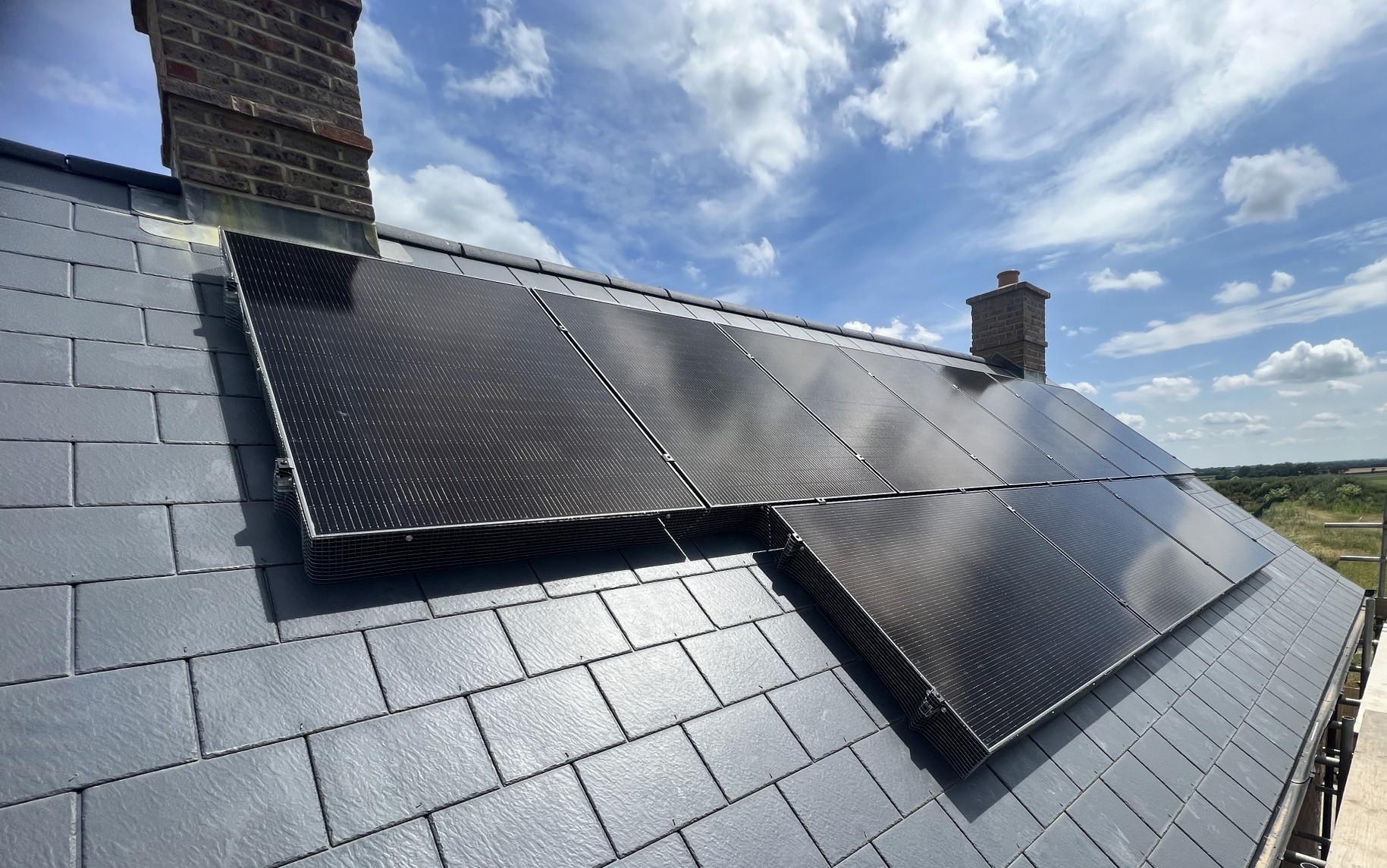How Solar Panels Can Protect Your Home From Future Price Hikes
As the temperatures drop and energy use rises, millions of UK households are set to face an unexpected increase in their energy bills this winter. Ofgem has confirmed the energy price cap – which was expected to decrease – is set to rise by 0.2% from 1 January 2026. While a small change on paper, the change highlights a deeper issue, volatile electricity prices and long term energy insecurity.
At SolarTherm UK, we believe homeowners shouldn’t be at the mercy of rising unit costs and unpredictable price caps. Solar energy offers a long term solution to stabilising home energy bills, reducing reliance on the grid and cutting carbon emissions at the same time.
Here’s what the latest price cap change means – and how solar panels can help you take back control of your energy future.
What’s Changing with the Energy Price Cap?
Ofgem’s quarterly review confirms that:
- The annual bill for a typical household using gas and electricity and paying by direct debit will rise from £1,755 to £1,758.
- Electricity unit rates will increase to 27.69p per kWh with a daily standing charge of 54.75p.
- Gas unit rates will fall slightly to 5.93p per kWh but gas standing charges will rise to 35.09p per day.
- Heavy electricity users will feel the biggest impact, as electricity unit rates are driving the increase.
- Standing charges for both gas and electricity are also rising – 2% and 3% respectively.
Although this year’s cap is slightly lower compared to last year (when adjusted for inflation), households will still face significantly higher bills than before the energy crisis. Charities are warning that record levels of household energy debt (estimated at around £4.4bn) show how severe the pressure on families has become.
This latest rise has been unexpected, with many analysts predicting a decrease in the price cap, but Ofgem notes that government policy costs, including funding Sizewell C and rising operating costs are now key drivers in determining the cost of energy.
Why Are Electricity Prices Still So High?
Despite stabilising wholesale prices, which in the past has been the determining factor of whether the energy price cap rose or fell, electricity costs remain elevated because:
- Policy and infrastructure costs are increasing
- The UK’s transition to a low carbon grid still requires major investment
- Standing charges continue to rise regardless of usage
Analysts are now warning that future bills may be set to rise again at the next Energy Price Cap review in April due to network and Net Zero transition costs.
Meanwhile, the cold weather is pushing energy use up, just as unit rates climb, potentially pushing thousands more families into energy poverty. The result? Households remain exposed to price volatility, particularly those relying heavily on electricity.
How Solar Panels Can Help Homeowners Beat Rising Electricity Costs
Solar panels directly address the single biggest problem highlighted in both Ofgem’s announcement and recent news: the cost of electricity.
Here’s how:
Generate Your Own Free Electricity
Every kWh your solar panels produce is a kWh you don’t pay 27.69p for under the new price cap. With electricity costs high and likely to rise further, self generation offers very real, long term savings and as the costs of electricity go up, you just save more on your electricity bills.
Protect Yourself from Market Volatility
The price cap changes every three months and can jump unexpectedly, as we’ve just seen. By generating your own free electricity, you reduce your exposure to the grid and volatile unit pricing.
Add a Battery to Maximise Savings
Pairing your solar panels with solar battery storage lets you store excess solar energy for use in the evenings or when you need it most. The more of your self generated electricity you can use, the less you are buying from the grid during peak rates, keeping bills lower year round, even in winter.
Earn Money Through the Smart Export Guarantee (SEG)
Any surplus electricity you send back to the grid can earn you money, offsetting even more of your rising energy costs.
Build Long Term Energy Security
As experts note, a low carbon system offers more energy security and less exposure to fossil fuel price shocks. Installing solar panels is one of the most direct ways households can contribute to – and benefit from – this transition.
The Bottom Line: Solar Is One of the Few Ways to Take Control of Your Energy Bills
The January 2026 price cap rise may seem small, but it highlights a bigger trend:
- Electricity costs remain high
- Standing charges are increasing
- Policy and infrastructure costs are becoming major drivers
- Energy debt is at a record high
- Households are still vulnerable to market uncertainty
Solar panels, especially when paired with battery storage, provide a practical, proven way to reduce electricity bills and protect your home from ongoing rises.
Ready to Reduce Your Energy Bills? SolarTherm UK Can Help
At SolarTherm UK we’ve helped thousands of homeowners cut their bills, increase their energy independence and protect themselves from rising electricity prices.
Our team can provide a free home energy assessment, with a bespoke solar and battery system design. Our MCS accredited installers have over 15 years experience installing high quality, money saving solar PV systems. With the price of solar dropping over 80% in the last decade, solar is now more available than ever before, and Green Energy Loans make solar more accessible for more households, allowing you to offset your solar investment against savings on your electricity bills.
Contact SolarTherm UK today for a free, no obligation quote and design, tailored to your property, usage and future energy needs. No hard sell, just honest, expert advice.
Your home. Your energy. Your future.





